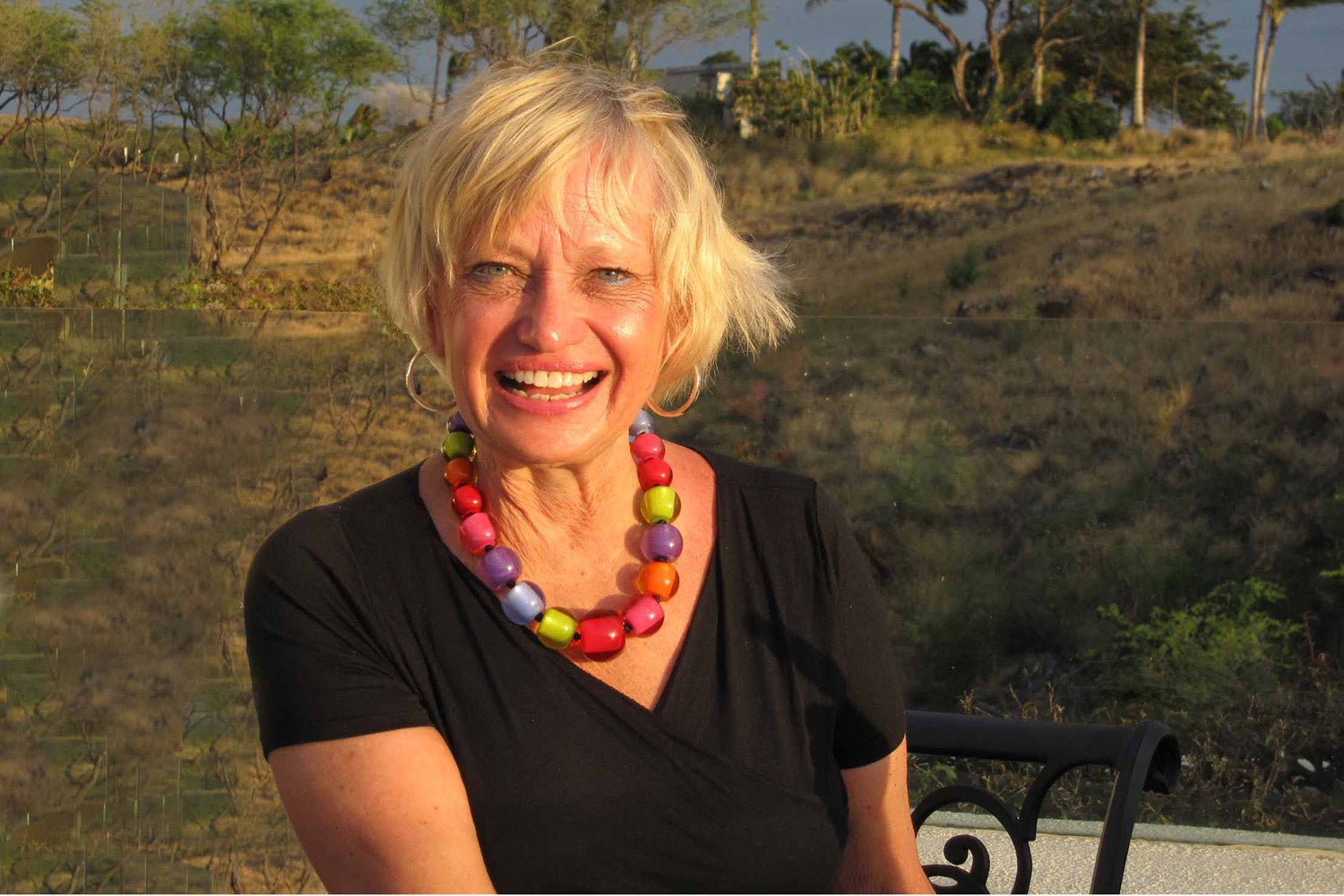
Our turn with Andrea Dupree
Andrea Dupree is a senior astrophysicist at the Smithsonian Astrophysical Observatory, Harvard-Smithsonian Center for Astrophysics in Cambridge, Massachusetts
What are some other “big ideas” in the research of cool stars
In a related area of cool stars, a major revision of our understanding of star clusters appears poised to impact how stars evolve and how clusters and galaxies are formed. It has long been thought that the globular star clusters in our galaxy were a collection of homogeneous objects — with the same composition and age — providing a superb sample to confront the theory of stellar evolution. Only one cluster — the large Omega Centauri star cluster — was an oddball, consisting of several groups of stars of different compositions. To explain this oddity, astronomers believed it could have been a dwarf galaxy, now stripped of many stars, but originally harboring a variety of ages and compositions.
But now, with more accurate measurement of stars made possible mainly by the Hubble Space Telescope, in addition to better stellar models, it appears that Omega Centauri may not be so odd. Other clusters are not homogeneous after all but have complex populations of stars. Have all star clusters derived from dwarf galaxies? Has our galaxy cannibalized other smaller galaxies? Or have several successive populations of stars formed in the cluster itself, with the first generation of stars polluting the material available to make the second (or successive) generation of stars?
We don’t even completely understand the distribution of one generation of stars in these clusters. The extent of stellar winds and mass loss and its evolutionary effects remain unsolved. Certainly the outlines are clear, but the devil may well be in the details.
A myriad of problems needs to be solved before we can feel confident about the evolution of low-mass stars. It is impressive that advances in our technology — the techniques for precision velocities and brightness measures as well as space telescopes — have propelled astronomy ahead and revealed complexities, challenges, and discoveries otherwise unimaginable.
What are some other challenges you faced in your career?
Most of the challenges I faced dealt with organizations and administrative structures that seemed to hinder and not support a young scientist’s career.
I began as a postdoctoral student at the Harvard College Observatory studying ultraviolet spectra of the Sun. During this time had 2 children. It was challenging and exciting to juggle a family with two young children and participate in a research group designing and operating space experiments while reporting and publishing discoveries. After about 3 hectic years, I finally worked up the courage to ask to work part time for a year. To my surprise, my supervisor said yes. In addition to extra family time, that year gave me time to think about different research fields to try to establish an independent area of study. This led to a gentle shift of my interest from solar to stellar physics.
A new opportunity arrived — planning for the International Ultraviolet Explorer (IUE) satellite. This would apply the expertise I had gained on solar problems to a vast new set of objects and conditions. Harvard and many other universities allow only faculty (and special research associates) to submit proposals for scientific grant funds. And I was not in those categories but wanted somehow to take advantage of this new opportunity. So I sent in a preliminary proposal. I rationalized that it requested observing time and not really sought funding as a scientific grant. We were so successful in winning a great deal of observing time (followed by grants) that Harvard acknowledged this by allowing my proposals.
What have been your greatest accomplishments so far?
Being lucky enough to have wonderful, supportive, interesting, and challenging husband, children, parents, and now grandchildren is a great accomplishment, and credit for this extends across all four generations. Scientifically, I find great satisfaction in extracting information from spectra of the Sun, stars, and the interstellar medium to discover what they are made of, how they are moving, how hot and how dense they are, and even their magnetic field strengths should magnetic fields be present. It never ceases to amaze me how light reveals practically everything about the past history and present conditions of distant objects.
What goals do you have for the next 5 years?
I would love to prove finally how and when stellar winds happen in both young and old stars — this is one of the outstanding problems in the evolution of stars. High on my list, too, is to develop reliable ways to assess the age of stars, particularly those harboring earthlike planets the Kepler satellite will detect.
What advances in astronomy do you anticipate in the next 10 years?
I hope we will have discovered large numbers of earthlike planets, as well as perhaps identified the source of dark energy and character of dark matter, so that we can begin to understand more fully how this universe we live in came to be.
Many of these questions can be answered with the next generation of large telescopes that we are designing and hope to build in the next few years. Astronomy has always advanced when new technologies and capabilities arrive — and many of the discoveries will be surprises that no one can anticipate. Perhaps these are the best kind!









